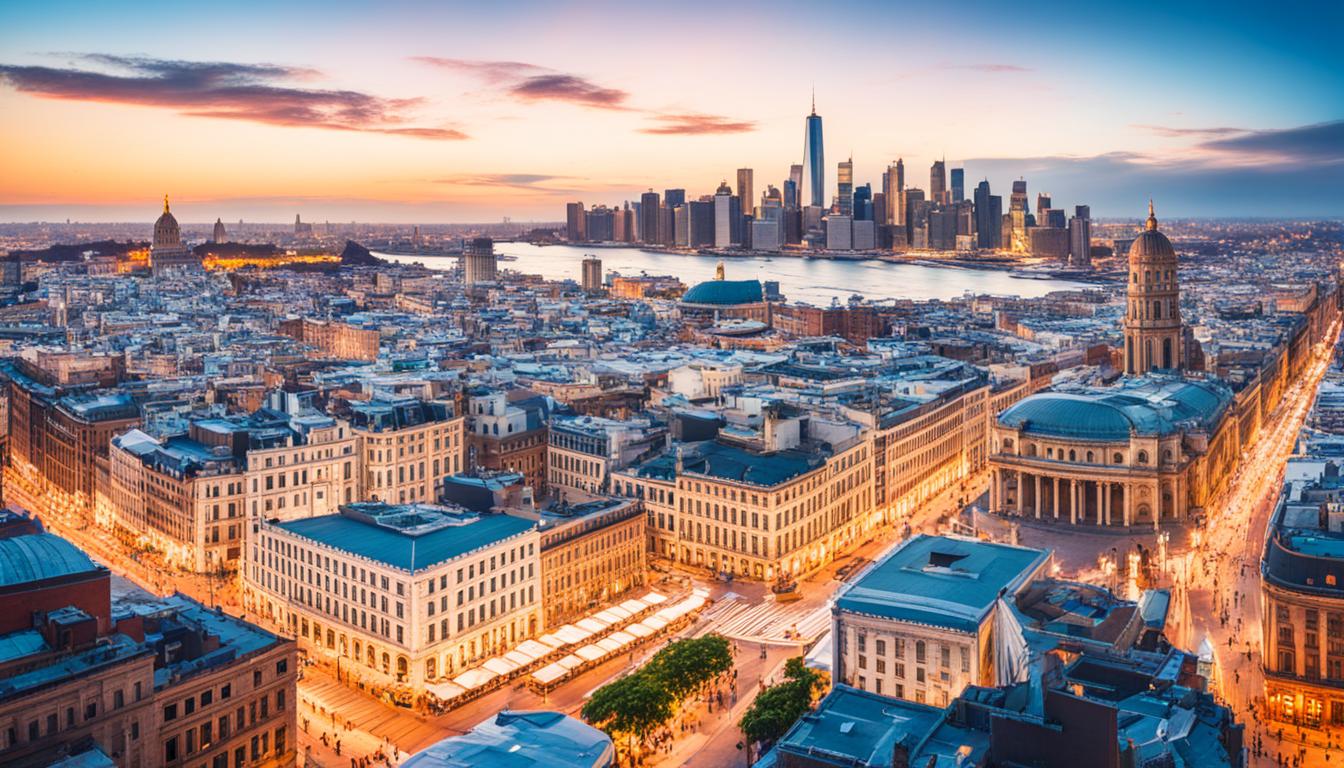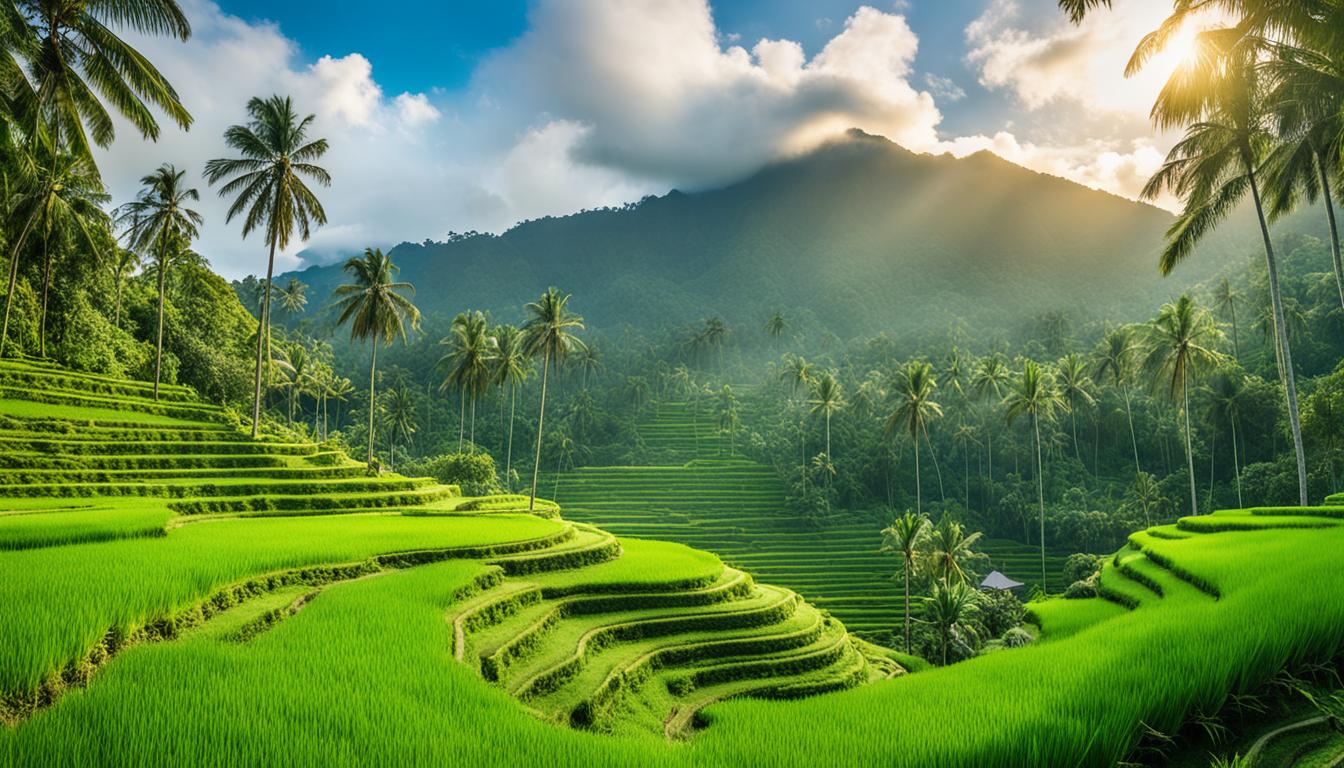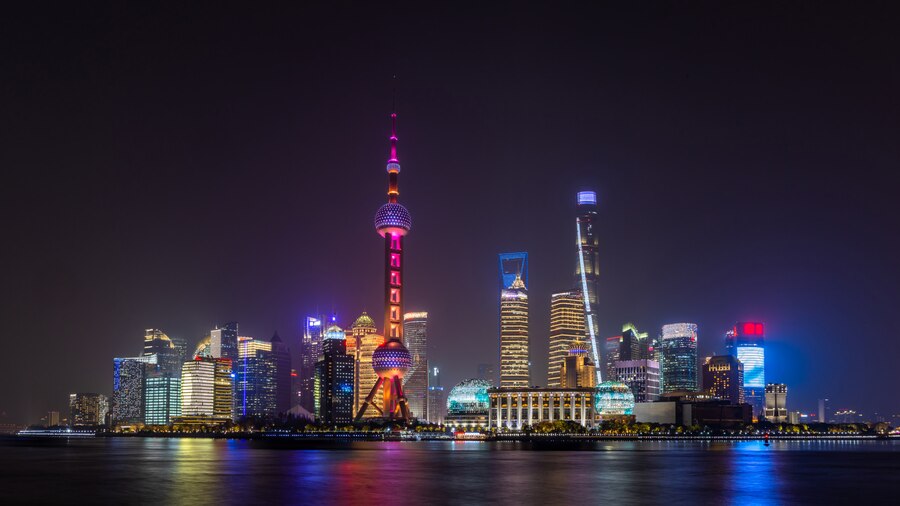
Table of Contents
Introduction
China, one of the oldest civilizations in the world, is a land of vast landscapes, rich history, and vibrant culture. From the breathtaking Great Wall to the bustling streets of Shanghai, China offers a diverse experience that captivates the hearts of travellers. In this article, we’ll explore the essence of China, touching on its most famous travel destinations, mouth-watering cuisine, and answer some of the most common questions people have about this fascinating country.
China’s Must-Visit Travel Destinations
China is a vast country with numerous travel destinations, each offering a unique experience. Here are some of the most visited places that you shouldn’t miss:
The Great Wall of China
One of the most iconic landmarks in the world, the Great Wall of China stretches over 13,000 miles across northern China. Built over several dynasties, this ancient fortification was originally constructed to protect against invasions. Today, visitors can hike along the wall and enjoy stunning views of the surrounding mountains and valleys. The most popular sections for tourists are near Beijing, including Badaling and Mutianyu, which are well-preserved and offer easier access.
The Forbidden City in Beijing
The Forbidden City, located in the heart of Beijing, was the imperial palace for 24 emperors during the Ming and Qing dynasties. With its vast complex of palaces, courtyards, and gardens, it offers a glimpse into the life of China’s ancient royalty. The architectural grandeur and historical significance make it one of the most visited sites in China. Don’t miss the Hall of Supreme Harmony, where the emperor’s throne is still on display.
Terracotta Army in Xi’an
Discovered in 1974 by farmers digging a well, the Terracotta Army is one of the greatest archaeological finds of the 20th century. The life-sized clay soldiers, horses, and chariots were buried with China’s first emperor, Qin Shi Huang, to protect him in the afterlife. Located in Xi’an, this UNESCO World Heritage site attracts millions of visitors each year, who come to marvel at the craftsmanship and learn about the history behind this incredible army.
Guilin and the Li River
Guilin, located in southern China, is famous for its stunning karst landscape. The Li River, which winds through the region, offers one of the most picturesque boat rides in the world. As you drift along the river, you’ll see towering limestone peaks, lush bamboo groves, and traditional fishing villages. The beauty of Guilin has inspired countless poets and artists over the centuries, and it remains a favorite destination for nature lovers.
Shanghai: The Modern Metropolis
Shanghai is China’s largest city and a global financial hub. Known for its towering skyscrapers, bustling shopping districts, and vibrant nightlife, Shanghai offers a perfect blend of modernity and tradition. The Bund, a waterfront area along the Huangpu River, is famous for its colonial-era buildings and offers stunning views of the city’s futuristic skyline. Don’t forget to visit the Yuyuan Garden, an oasis of tranquility in the heart of the city, and the bustling Nanjing Road for a shopping spree.
Chengdu: Home of the Giant Panda
Chengdu, the capital of Sichuan Province, is famous for being the home of the giant panda. The Chengdu Research Base of Giant Panda Breeding is a must-visit for animal lovers, where you can see these adorable creatures up close. Chengdu is also known for its spicy Sichuan cuisine, which includes dishes like hotpot, mapo tofu, and kung pao chicken. The city’s laid-back lifestyle and rich cultural heritage make it a charming destination.
Zhangjiajie: Avatar Mountains
The towering sandstone pillars of Zhangjiajie National Forest Park in Hunan Province are said to have inspired the floating Hallelujah Mountains in the movie “Avatar.” This UNESCO World Heritage site is a haven for adventure seekers, offering breathtaking views, thrilling glass bridges, and cable car rides over the stunning landscape. The park’s unique geology and diverse wildlife make it a natural wonder worth exploring.
Lhasa: The Spiritual Heart of Tibet
Lhasa, the capital of Tibet, is the spiritual heart of Tibetan Buddhism. The city is home to the Potala Palace, the former residence of the Dalai Lama, and the Jokhang Temple, the most sacred temple in Tibet. Lhasa’s high altitude, rich religious traditions, and stunning mountain scenery make it a destination unlike any other. Visitors can immerse themselves in the serene atmosphere, explore ancient monasteries, and learn about Tibetan culture and history.
Hong Kong: A City of Contrasts
Hong Kong, a Special Administrative Region of China, is a vibrant city known for its towering skyscrapers, bustling markets, and stunning harbor views. Victoria Peak offers panoramic views of the city’s skyline, while the Star Ferry provides a scenic ride across Victoria Harbour. Hong Kong is also a shopping paradise, with everything from luxury brands to street markets. The city’s rich cultural heritage is evident in its temples, traditional festivals, and diverse culinary scene.
Yellow Mountain (Huangshan)
Located in eastern China, Yellow Mountain is famous for its “Four Wonders”: the sea of clouds, odd-shaped pines, hot springs, and the winter snow. This UNESCO World Heritage site is a popular destination for hikers and photographers. The mountain’s dramatic peaks, ancient pine trees, and ever-changing weather create a surreal landscape that has inspired artists and poets for centuries. The sunrise and sunset views from the summit are particularly spectacular.
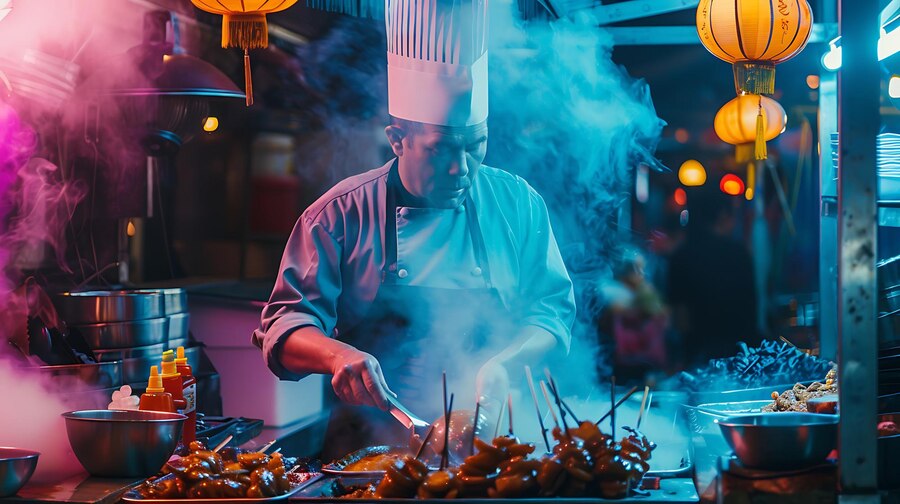
The Flavours of China: A Culinary Journey
Chinese cuisine is one of the most diverse and celebrated in the world. Each region of China has its own unique flavors, ingredients, and cooking techniques. Here are some of the most popular dishes and culinary traditions from different parts of China:
Peking Duck (Beijing)
Peking Duck is a famous dish from Beijing, known for its crispy skin and tender meat. The duck is roasted to perfection and traditionally served with thin pancakes, hoisin sauce, and sliced scallions. The process of preparing Peking Duck is an art form, with chefs taking great care to ensure that the skin is crispy and golden while the meat remains juicy and flavorful.
Dim Sum (Cantonese Cuisine)
Dim Sum, a Cantonese tradition, consists of small bite-sized dishes served in bamboo steamers. Popular items include dumplings, buns, spring rolls, and rice noodle rolls. Dim Sum is usually enjoyed during breakfast or lunch and is often accompanied by tea. The variety of flavours and textures makes it a favourite among both locals and visitors.
Hotpot (Sichuan Cuisine)
Sichuan Hotpot is known for its bold and spicy flavours. The broth is made with Sichuan peppercorns, chilli peppers, and various spices, giving it a numbing and spicy taste. Diners cook raw ingredients such as meat, vegetables, and tofu in the simmering broth at the table. Hotpot is a social meal, often enjoyed with family and friends, and is particularly popular in the colder months.
Xiaolongbao (Shanghai)
Xiaolongbao, also known as soup dumplings, is a specialty of Shanghai. These delicate dumplings are filled with minced pork and a savory broth that bursts in your mouth when you bite into them. Xiaolongbao is usually served in bamboo steamers and is a must-try dish for anyone visiting Shanghai.
Kung Pao Chicken (Sichuan Cuisine)
Kung Pao Chicken is a popular Sichuan dish made with diced chicken, peanuts, chilli peppers, and Sichuan peppercorns. The dish is both spicy and slightly sweet, with a distinctive numbing sensation from the peppercorns. Kung Pao Chicken has become a favourite in Chinese restaurants around the world.
Ma Po Tofu (Sichuan Cuisine)
Ma Po Tofu is another famous dish from Sichuan, made with soft tofu, minced meat, and a spicy sauce made with chilli bean paste and Sichuan peppercorns. The dish is known for its bold flavours and is often served with steamed rice. The combination of the soft tofu and the spicy sauce creates a unique and satisfying dish.
Jiaozi (Dumplings)
Jiaozi, or Chinese dumplings, are a popular dish across China, especially during the Chinese New Year. The dumplings are made with a thin dough wrapper filled with minced meat and vegetables. They can be boiled, steamed, or pan-fried and are usually served with a dipping sauce made of soy sauce, vinegar, and chilli oil.
Sweet and Sour Pork (Cantonese Cuisine)
Sweet and Sour Pork is a classic Cantonese dish made with crispy fried pork pieces coated in a tangy and sweet sauce. The dish is often garnished with pineapple chunks, bell peppers, and onions. The contrasting flavours of sweet and sour make it a favourite among diners.
Fried Rice (Yangzhou)
Yangzhou Fried Rice is a well-known dish from the Jiangsu province, made with rice, eggs, shrimp, vegetables, and various seasonings. The dish is stir-fried over high heat, resulting in a flavorful and aromatic meal. Fried rice is a versatile dish that can be adapted to include different ingredients and is a staple in Chinese cuisine.
Mooncakes (Chinese Festivals)
Mooncakes are a traditional Chinese pastry enjoyed during the Mid-Autumn Festival. These round cakes are typically filled with sweet fillings like red bean paste, lotus seed paste, or salted egg yolk. Mooncakes are often given as gifts to family and friends during the Mid-Autumn Festival, symbolizing unity and togetherness. The intricate designs on the mooncakes, along with their rich flavors, make them a delightful treat during the festival.
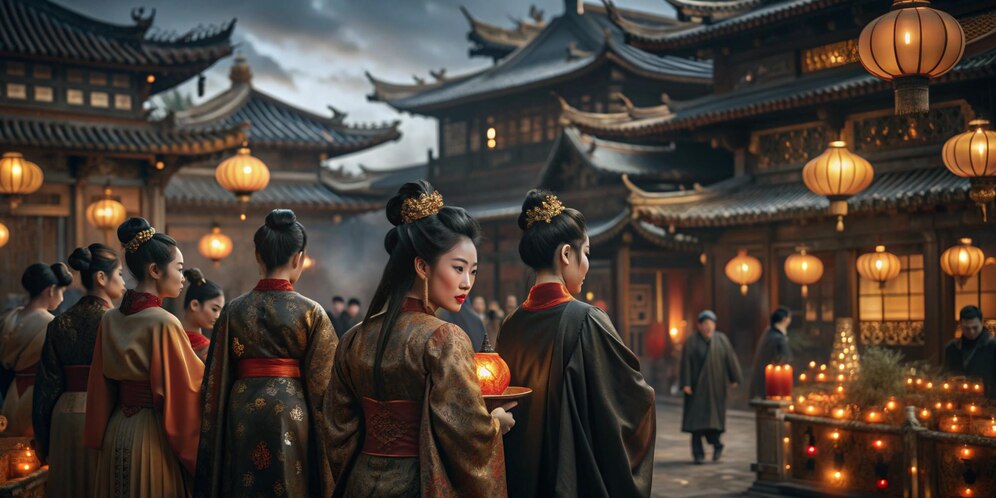
Understanding Chinese Culture and Traditions
China’s rich culture is deeply rooted in its history and traditions, which have been passed down through generations. Let’s explore some key aspects of Chinese culture that make this country unique.
Chinese New Year
Chinese New Year, also known as the Spring Festival, is the most important traditional festival in China. Celebrated at the turn of the lunar calendar, it marks the beginning of a new year. The festivities last for 15 days and include family reunions, feasts, fireworks, and the iconic dragon and lion dances. Red is a dominant color during this period, symbolizing good luck and prosperity. The giving of red envelopes (hongbao) filled with money is a common tradition, especially for children.
The Dragon Boat Festival
The Dragon Boat Festival, celebrated on the fifth day of the fifth month of the lunar calendar, honors the ancient poet Qu Yuan. The festival is marked by dragon boat races, where teams paddle in long, narrow boats shaped like dragons. Zongzi, a traditional food made of sticky rice wrapped in bamboo leaves, is also eaten during this festival. The Dragon Boat Festival is a time to remember history, enjoy traditional foods, and participate in exciting races.
Chinese Tea Culture
Tea is an integral part of Chinese culture, with a history that spans thousands of years. The art of tea making and drinking is deeply respected, with different regions in China having their own unique tea varieties and ceremonies. Green tea, oolong tea, and pu-erh tea are some of the most famous types. Tea is often enjoyed during social gatherings and is also used in traditional Chinese medicine for its health benefits.
Calligraphy and Chinese Art
Chinese calligraphy is a highly regarded art form that involves writing Chinese characters with a brush and ink. It’s not just about writing words; it’s about expressing one’s inner emotions and personality through the strokes. Calligraphy is often displayed as artwork and is deeply connected to Chinese philosophy and aesthetics. Traditional Chinese painting, which often features landscapes, flowers, and animals, is another cherished art form that reflects the beauty of nature and the artist’s spirit.
Traditional Chinese Medicine
Traditional Chinese Medicine (TCM) has been practiced for over 2,000 years and includes a range of treatments such as acupuncture, herbal medicine, and tai chi. TCM is based on the concept of balancing the body’s energy (qi) and the principles of Yin and Yang. It focuses on treating the whole person, rather than just the symptoms, and is still widely practiced in China today.
Martial Arts
China is the birthplace of many martial arts, known collectively as Kung Fu. These practices are not only for self-defense but also for improving physical and mental health. Tai Chi, a form of martial art that involves slow, flowing movements, is particularly popular among older adults for its health benefits. Martial arts are deeply connected to Chinese philosophy, emphasizing discipline, respect, and harmony.
Festivals and Lanterns
Lanterns play a significant role in many Chinese festivals, particularly during the Lantern Festival, which marks the end of the Chinese New Year celebrations. During this festival, people light and release lanterns into the sky or float them on water, symbolizing the letting go of the past year’s troubles and welcoming new beginnings. The sight of thousands of lanterns lighting up the night sky is truly magical.
Feng Shui
Feng Shui is the ancient Chinese practice of arranging the living environment to harmonize with natural energy flows. It’s believed that the proper arrangement of furniture, buildings, and even entire cities can bring good fortune, health, and prosperity. Feng Shui principles are still widely used in modern Chinese architecture and interior design.
The Importance of Family
Family is at the heart of Chinese culture. The concept of filial piety, which emphasizes respect and care for one’s parents and ancestors, is a core value. Multi-generational households are common, and family gatherings are an important part of life, especially during festivals and significant life events. The family structure is traditionally hierarchical, with the oldest male usually holding the highest authority.
Language and Literature
Mandarin Chinese is the official language of China, and it’s the most spoken language in the world. Chinese characters, which are logograms, are one of the oldest written systems still in use. Chinese literature, with classics like “Journey to the West” and “Dream of the Red Chamber,” has had a profound influence on East Asian culture. Poetry is also highly valued, with poets like Li Bai and Du Fu being revered for their contributions to Chinese literature.
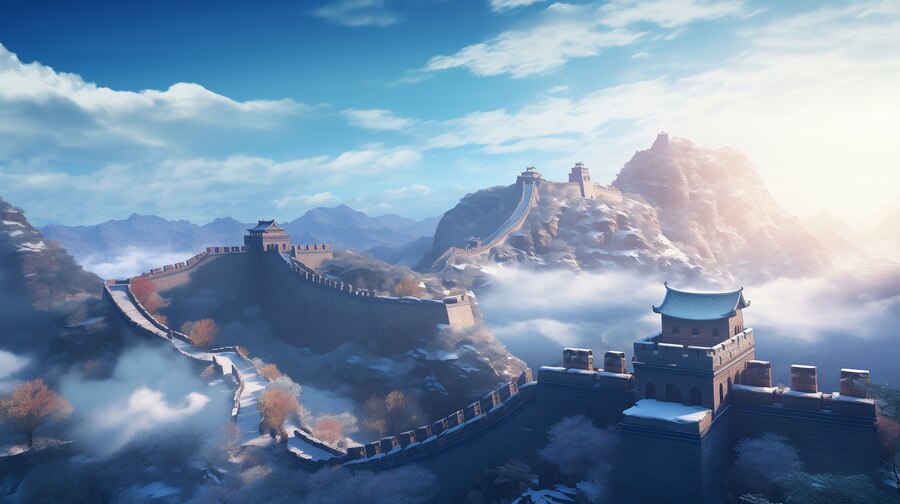
Conclusion
China is a country of immense beauty, rich history, and diverse culture. Whether you’re exploring the ancient wonders of the Great Wall, indulging in the culinary delights of Sichuan cuisine, or immersing yourself in the vibrant traditions of the Chinese New Year, there’s something for everyone in this fascinating land. With careful planning and an open mind, a trip to China can be a truly unforgettable experience.
FAQs About Traveling to China
What is the best time to visit China?
The best time to visit China is during the spring (April to June) and autumn (September to October) when the weather is pleasant, and the scenery is at its most beautiful. These seasons offer mild temperatures, making it ideal for exploring the country’s outdoor attractions.Do I need a visa to visit China?
Yes, most travelers need a visa to enter China. It’s important to apply for a visa well in advance of your trip. There are different types of visas depending on the purpose of your visit, so make sure to choose the right one.Is China a safe country to travel to?
China is generally a safe country to travel to, with low crime rates compared to many other countries. However, it’s always advisable to take standard precautions, such as keeping an eye on your belongings and avoiding unlicensed taxis.What currency is used in China?
The currency used in China is the Renminbi (RMB), also known as the Yuan (CNY). Credit cards are widely accepted in major cities, but it’s a good idea to carry cash, especially when traveling to more rural areas.What are some traditional Chinese customs I should be aware of?
When visiting China, it’s important to show respect for local customs. For example, it’s polite to offer and receive items with both hands, and addressing people by their titles is a sign of respect. Additionally, it’s customary to remove your shoes before entering someone’s home.Can I use my mobile phone in China?
Yes, you can use your mobile phone in China, but you may need to get a local SIM card or an international roaming plan. Keep in mind that some websites and apps are blocked in China, so you might need to use a VPN to access them.What languages are spoken in China?
Mandarin is the official language of China, but there are many dialects spoken across the country, including Cantonese, Shanghainese, and Hokkien. In major cities and tourist areas, you’ll find that many people speak some English, especially younger generations and those in the hospitality industry.What are some must-try Chinese dishes?
Some must-try Chinese dishes include Peking Duck, Dim Sum, Hotpot, Xiaolongbao, and Kung Pao Chicken. Each region of China has its own specialties, so be sure to try the local cuisine wherever you go.How can I get around in China?
China has an extensive transportation network, including high-speed trains, buses, and domestic flights. In major cities, the subway is an efficient way to get around, while taxis and ride-sharing apps like Didi are also popular. For longer distances, the high-speed rail system is fast and convenient.What should I pack for a trip to China?
When packing for China, consider the season and regions you’ll be visiting. Comfortable walking shoes are a must, as you’ll likely do a lot of exploring. It’s also a good idea to bring a travel adapter for your electronics, as China uses different power outlets. Don’t forget to pack any necessary medications, as not all prescriptions may be readily available.



